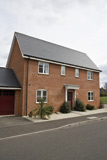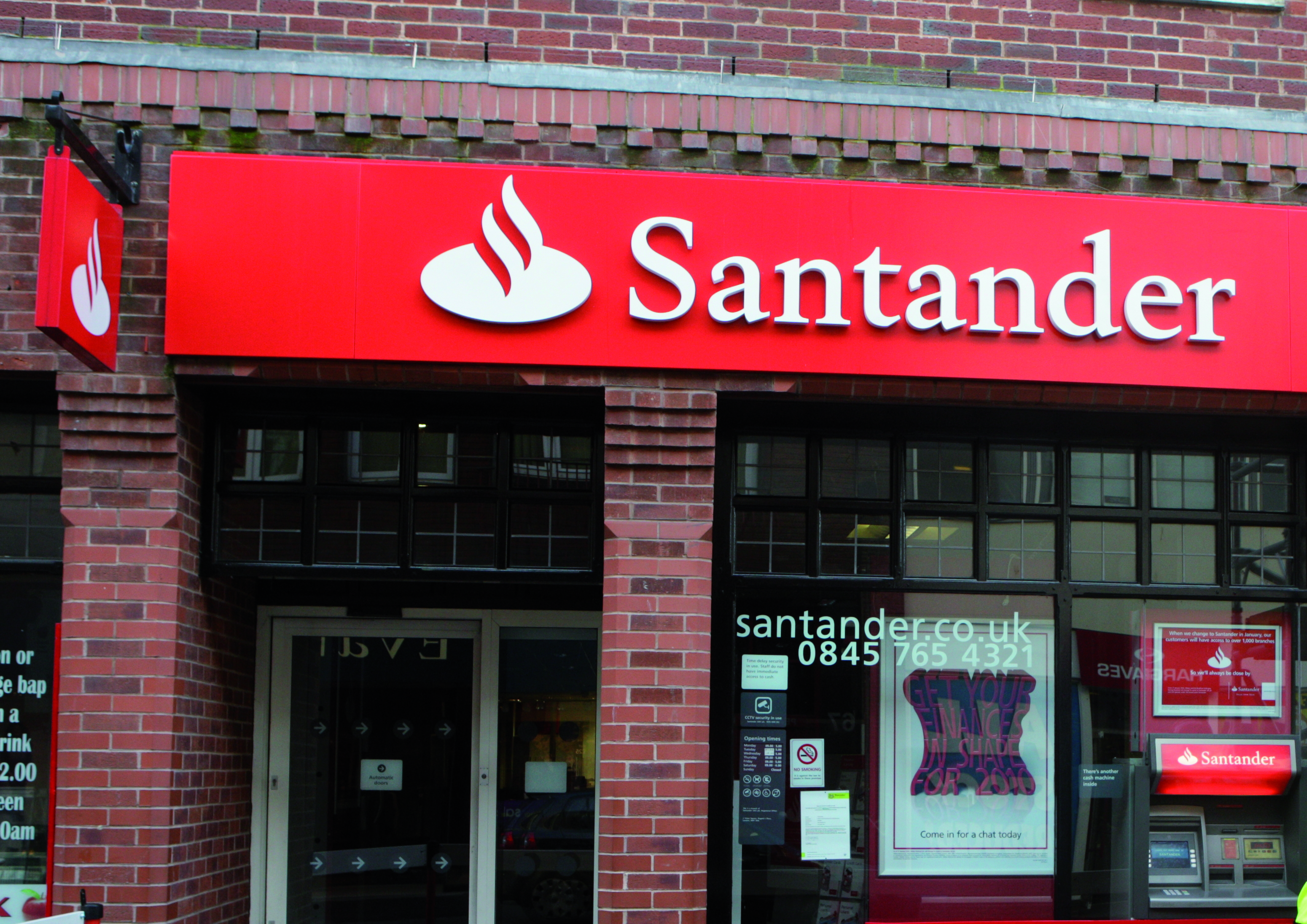The average house price in market towns across England has risen by 103 per cent from £114,718 in 2001 to £233,416 in 2011, according to research from Lloyds TSB. This is equivalent to an increase of £989 per month over the past decade. More than half of the market towns in this survey have seen […]
 The average house price in market towns across England has risen by 103 per cent from £114,718 in 2001 to £233,416 in 2011, according to research from Lloyds TSB.
The average house price in market towns across England has risen by 103 per cent from £114,718 in 2001 to £233,416 in 2011, according to research from Lloyds TSB.
This is equivalent to an increase of £989 per month over the past decade.
More than half of the market towns in this survey have seen house prices at least double since 2001. Some of the largest prices increases have been in northern England, particularly in the North. The biggest increase was in Stanhope in County Durham where the average price rose by 158 per cent from £57,502 to £148,264. Another market town in Durham, Ferryhill, recorded the second largest rise (155 per cent).
Alford in Lincolnshire (150 per cent), Saltburn on the north-east coast, Helston in Cornwall and Seahouses in Northumberland (all 145 per cent) were the other market towns experiencing the biggest price rises since 2001. Helston is the only one of the 10 market towns with the largest house price growth in southern England1.
Two out of three market towns have an average house price that is above their county average. House prices in market towns are, on average, £25,592 (or 12 per cent) higher than their county average. The average house price in market towns, at £233,416, is 6.8 times average gross annual earnings; this is slightly below the price to earnings ratio of 7.0 for England as a whole.
Beaconsfield in Buckinghamshire – the most expensive English market town with an average house price of £779,986 – has the largest premium with houses trading at 157 per cent (or £476,935) above the county average. Wetherby has the next highest premium with prices 105 per cent (£160,469) above the West Yorkshire average.
Since the start of the housing downturn in 2007 house prices in market towns have risen by five per cent on average.
Nitesh Patel, housing economist at Lloyds TSB, said: “The popularity of living in market towns is clearly evident from the substantial increases in average house prices seen over the past decade, together with the significant premium that many of them command over their neighbouring towns.
Many of these towns offer an attractive balance between being close to the countryside and ease of access to the road and rail networks that allow residents to commute to work.”













